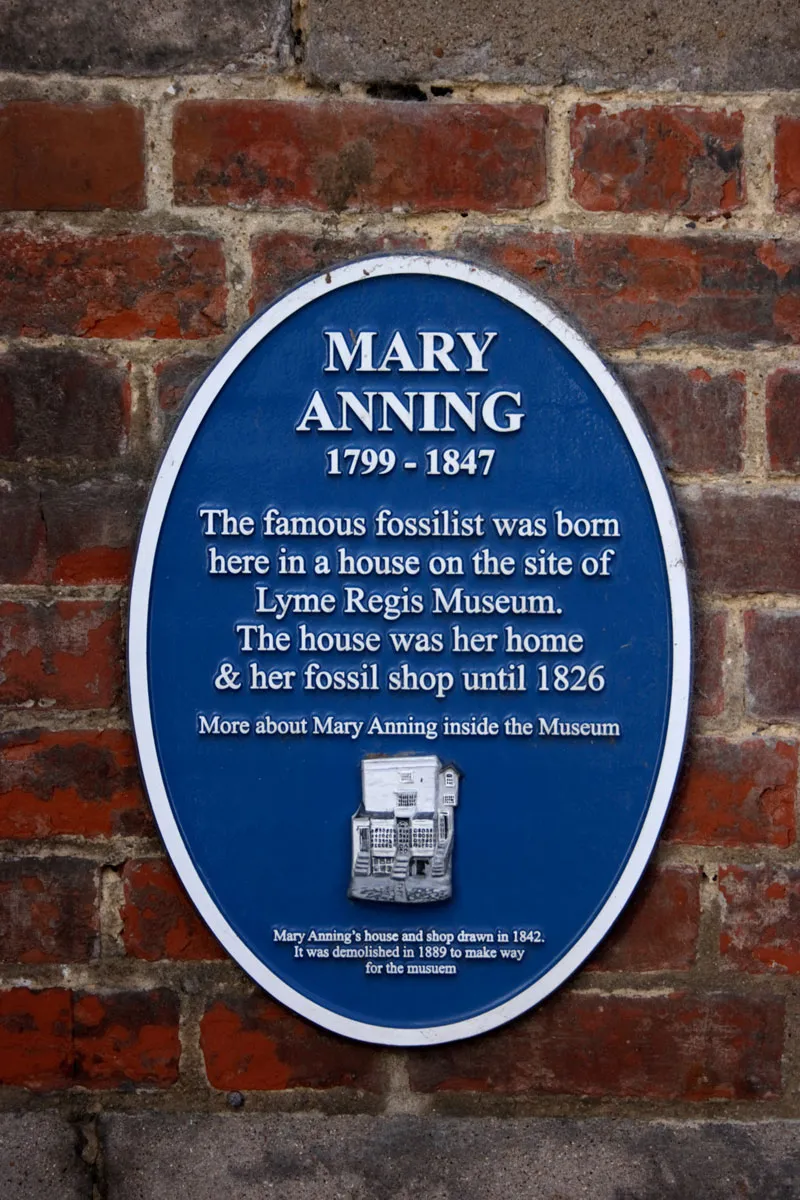This month marks 170 years since the death of pioneering fossil hunter Mary Anning, an inspiring woman whose remarkable discoveries helped influence Darwin’s theory of evolution.

In tribute to Anning’s legacy, now is the perfect time to head to her old stomping/seeking grounds in search of your own palaeontological treasures. It’s a pastime that rewards those prepared to brave the elements. Thankfully, March and April provides something of a compromise, milder than winter yet with enough wind and rain to keep the waves and rocks churning out their offerings and to encourage the cliffs to reveal further secrets from their past.

To honour Anning’s work isn’t to read about her in books or just visit the various museums where her discoveries are still displayed, it is to comb the same shores that consumed her waking hours ever since she first stepped out on them as an inquisitive young girl, alongside her father. Following in Mary’s footsteps is to embrace her determination and adventurous spirit and walk the beaches near her Lyme Regis home, part of the 95 miles of coastline that form the Jurassic Coast, a UNESCO World Heritage site whose geology reveals 185 million years of Earth’s history.
If you check the tide tables first, it’s possible to trek the short distance from Lyme Regis to Charmouth and explore a stretch of beach that’s home to an abundance of relics from the Cretaceous and Jurassic periods. Ammonites, belemnites, ichthyosaur vertebrae and gryphaea (Devil’s toenails) are just a few of the riches that the early riser can pick up along the shorelines, and there’s always the chance of unearthing something much bigger.
The route to the east of Lyme takes you along the bottom of Church Cliffs, a haven for ammonites bejewelled with pyrite, Black Ven and Golden Cap, a belemnite hotspot. This is the territory where Mary and her brother unearthed the first complete ichthyosaur fossil in 1811, when she was still just 12. Upon arrival in Charmouth, the Beach Café is a perfect spot for a well-earned break and to wait for the X53 bus to take you back along the Jurassic Coast.
Those heading westward from the Cobb in Lyme will discover one of the region’s most impressive geological sites, the astonishing ammonite graveyard. Located on Monmouth Beach, revealing itself at low tide, the sea has washed a ledge of limestone clear and has consequently exposed the final resting place of hundreds of giant ammonites. Though much too late for the long-perished molluscs themselves, their fossils are protected and cannot be removed from this area.
Many head to Lyme Regis armed with chisels, hammers and eye protectors, but keen eyes, patience and a little knowledge of what you’re looking for are all that’s really needed. It’s a chance for young minds to bring long-extinct creatures back to life with their imaginations and for the rest of us to escape the distractions of everyday life. Best of all, your fossil hunting adventure might just inspire the next Mary Anning.
